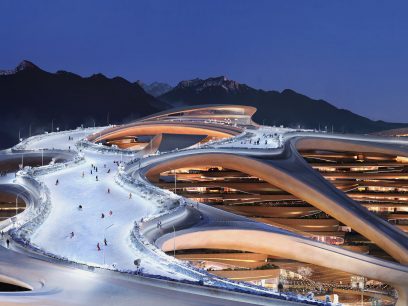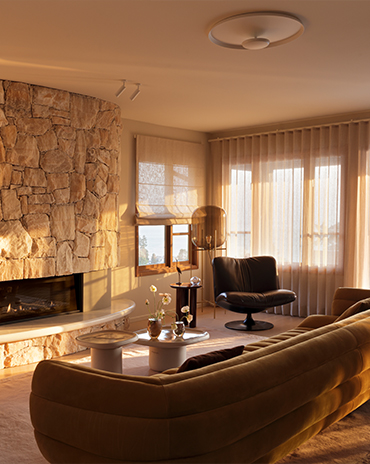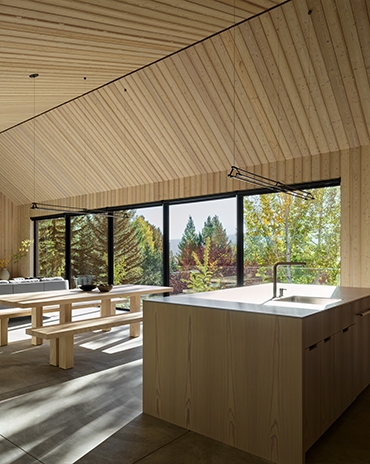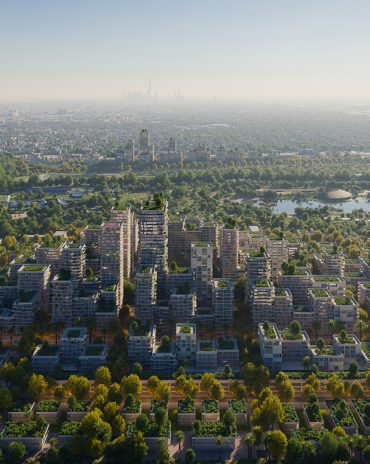Copyright © 2025 Motivate Media Group. All rights reserved.
The Evolution of Workplace Design
Adriana Graur, Design Director at DWP, delves into the approach and journey taken in workplace design, tracing its history, the shifts in priorities, and how it reflects the broader changes in society and work culture
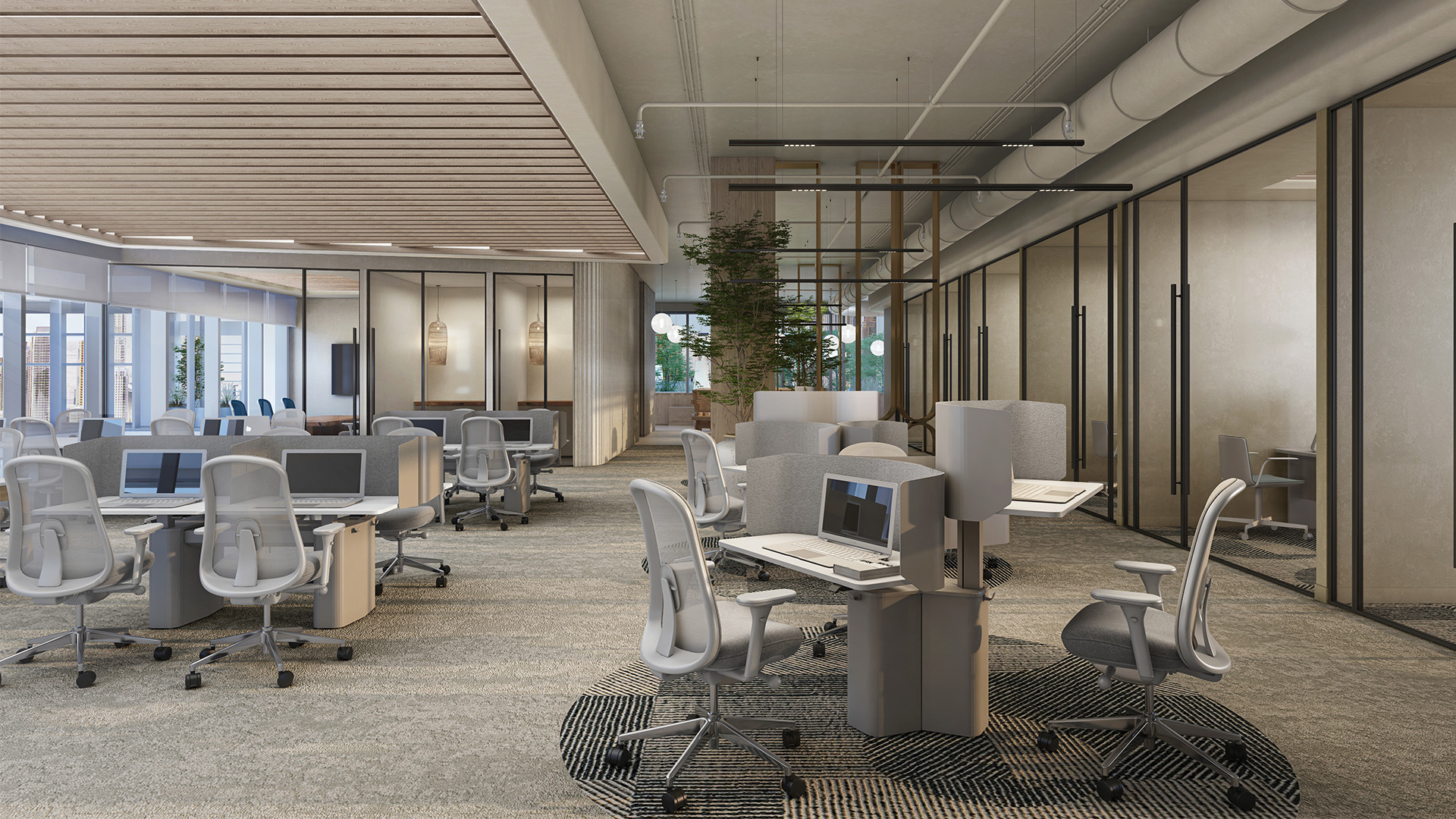
In an era defined by the rapid cadence of progress, where innovation threads itself through the fabric of human endeavour, the design ethos underpinning our workplaces has undergone a profound transformation. In this enlightening discourse, we embark on a voyage that traverses the annals of architectural history – a voyage that unravels the intricate tapestry woven by the evolution of workplace design. This journey unveils not only the shifts in architectural priorities but also serves as a mirror reflecting the broader metamorphoses transpiring within the realms of society and work culture.
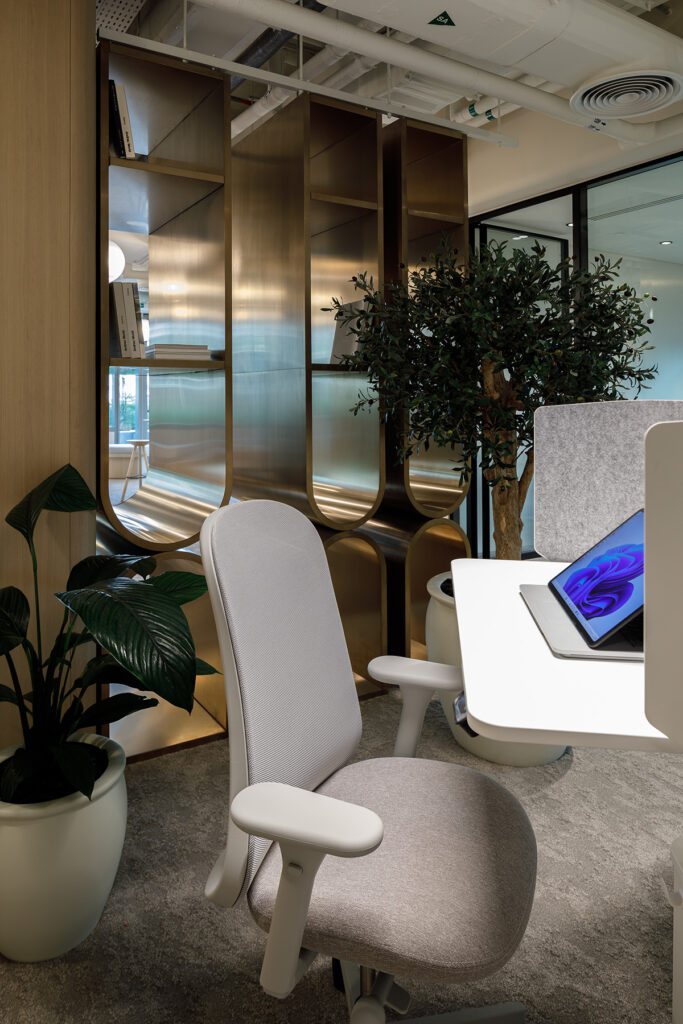
Genesis and Metamorphosis
The beginning of this story, characterised by the evolution of workplace design, takes root in the dawn of human civilisation. From the primal expanse of communal fire pits to the towering spires of modern corporate citadels, the journey has been one of metamorphosis, with each era echoing the aspirations and values of its time. My vision, often guided by the pulse of societal ideals, charts a course that melds form and function to create spaces that transcend the mundane, encapsulating the aspirations of an era within the confines of brick and mortar. Akin to an eloquent dialogue between past and present, the design approach for the refurbishment of Emirates Towers seamlessly marries architectural language and interior narrative, culminating in a design that transcends temporal boundaries. The space, seemingly untouched by time, resonates with a harmonious continuum where history and modernity converge in an eternal embrace. In the contemporary context, the avant-garde approach to workplace design is emblematic of a philosophy that prizes the interplay between the human element and the cutting-edge. Architects and designers, akin to modern alchemists, fuse the past and present to forge spaces that foster collaboration, creativity and individual well-being. The metamorphosis witnessed in recent decades is not merely a reflection of design sensibilities but a direct response to the evolving dynamics of human interaction and work methodologies.
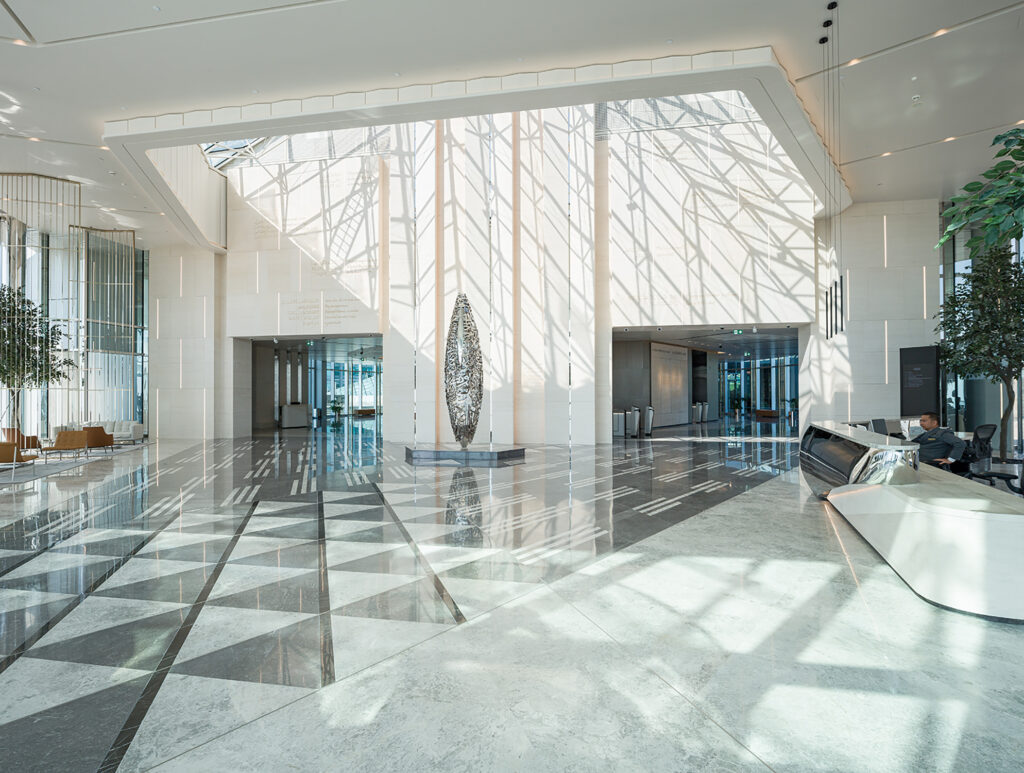
At the core of this transformation lies a paradigm shift – a shift from rigid compartmentalisation to a harmonious blend of functionality and flexibility. The contemporary workplace is no longer a sterile cubicle labyrinth, but rather a landscape of agile zones that cater to diverse modes of work. Collaborative hubs, contemplative sanctuaries and vibrant communal spaces converge to cater to the myriad dimensions of human engagement. This fluid approach, rooted in adaptability and fluidity, is emblematic of an era where the digital age seamlessly interfaces with human sensibilities. Our design ethos for Ora HQ in Dubai crafts a fluid interior symphony, orchestrating an array of versatile workstations and lounges. A dance of spaces unfurls, empowering users to choreograph their ideal environment, seamlessly fusing productivity and repose in a harmonious tableau of choice and functionality.
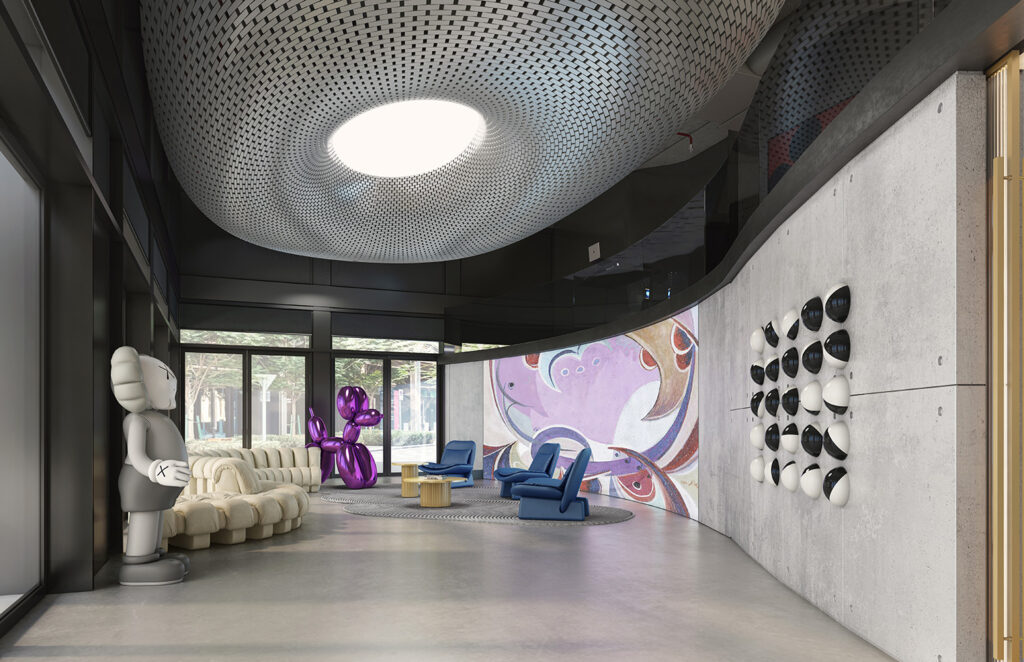
Integration of Technology
As society’s cultural fabric interweaves with technology, our palette broadens to encompass myriad digital pigments. The contemporary workplace is a canvas where high-tech marvels intertwine with artistic flourishes, seamlessly embedding intelligent systems that optimise energy, communication and comfort. Ora’s reception and lounge area encompasses technology that recreates the natural light, ocean view and sound to create an environment reflective of the culture. An architect’s approach is no longer confined to blueprints and aesthetics alone but extends to orchestrating an environment that responds intelligently to the ebb and flow of human activity – a dance between the tangible and the virtual. The evolution of workplace design, however, is not a mere aesthetic exercise. It mirrors the very essence of societal change – a reflection in the architectural kaleidoscope. The dynamic shifts in workplace design reflect the shifting paradigms of work culture itself – a transition from regimented routines to a more holistic appreciation of work-life harmony. The modern workspace embraces wellness as a cornerstone, intertwining nature-inspired elements, ample natural light and ergonomic solutions to create an environment that nurtures physical and mental well-being.
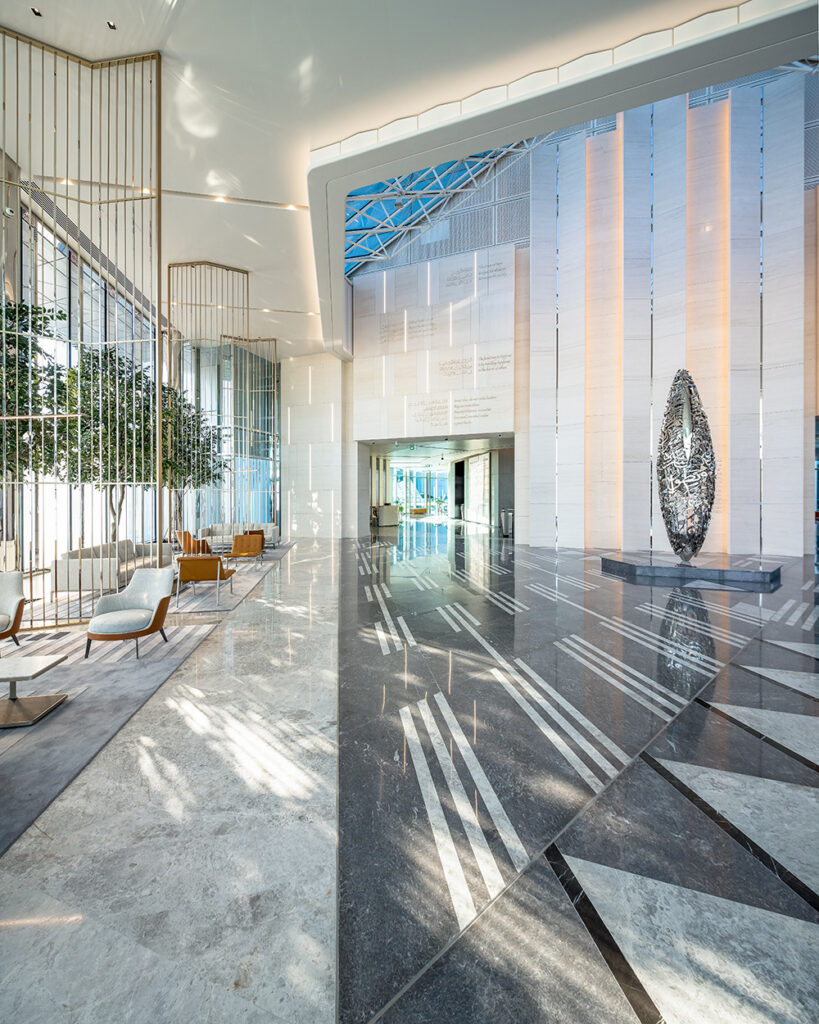
Composing Spaces
Furthermore, the approach to workplace design resonates with the societal yearning for inclusivity and diversity. The modern architect, donned with the mantle of cultural custodian, crafts spaces that celebrate individuality and encourage the cross-pollination of perspectives. Inclusion is not just a buzzword, but an architectural creed that finds expression in barrier-free layouts and spaces that cater to varied physical abilities.
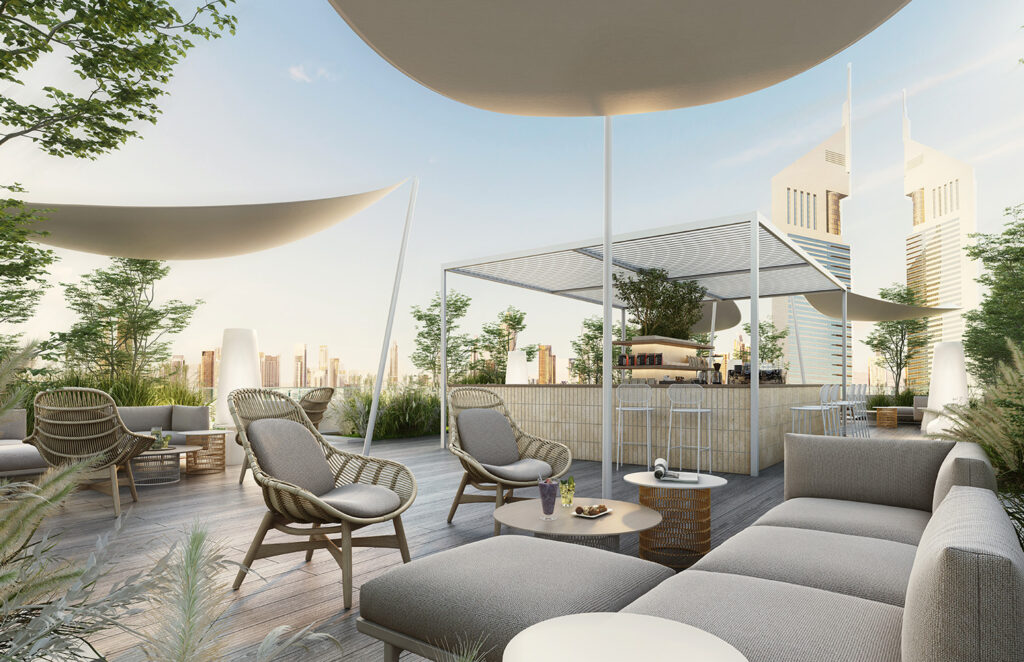
In the grand tapestry of design evolution, the contemporary workplace stands as an artistic testament – a crucible where history, technology and human aspiration converge. As the global narrative continues to evolve, architects and designers, driven by an unquenchable thirst for innovation, mould spaces that serve as both functional vessels and aesthetic marvels. The evolution of workplace design, akin to the symphony of a master composer, crescendos towards a harmonious and inclusive future – an ode to the seamless harmony between architectural prowess and the relentless march of progress.

“In the contemporary context, the avant-garde approach to workplace design is emblematic of a philosophy that prizes the interplay between the human element and the cutting-edge.” – Adriana Graur
The Latest
Things to Covet in June 2025
Elevate your spaces with a pop of colour through these unique pieces
Designing Spaces with Purpose and Passion
We interview Andrea Savage from A Life By Design – Living & Branding on creating aesthetically beautiful and deeply functional spaces
Craft and Finesse
EMKAY delivers a bold and intricate fit-out by transforming a 1,800 sqm space into SUSHISAMBA Abu Dhabi, a vibrant multi-level dining experience
An Impressive Entrance
The Synua Wall System by Oikos offers modularity and style
Drifting into Summer
Perennials unveils the Sun Kissed collection for 2025
The Fold
Architect Rabih Geha’s collaboration with Iwan Maktabi
From Floorplans to Foodscapes
For Ayesha Erkin, architecture was never just about buildings, but about how people live, eat, gather and remember
Between Sea and Sky
Cycladic heritage, heartfelt hospitality and contemporary design converge on Deos Mykonos, designed by GM Architects
A Fresh Take on ’70s Style
Curved shapes and colourful artworks bring vibrancy to this contemporary home with mesmerising nature views
Into the Woods
Perched among the treetops, this serene home’s permanent connection to nature invites dwellers to unplug and unwind
A New Chapter for Dubai – Jebel Ali Racecourse
A.R.M. Holding and BIG unveil visionary masterplan around Jebel Ali Racecourse




